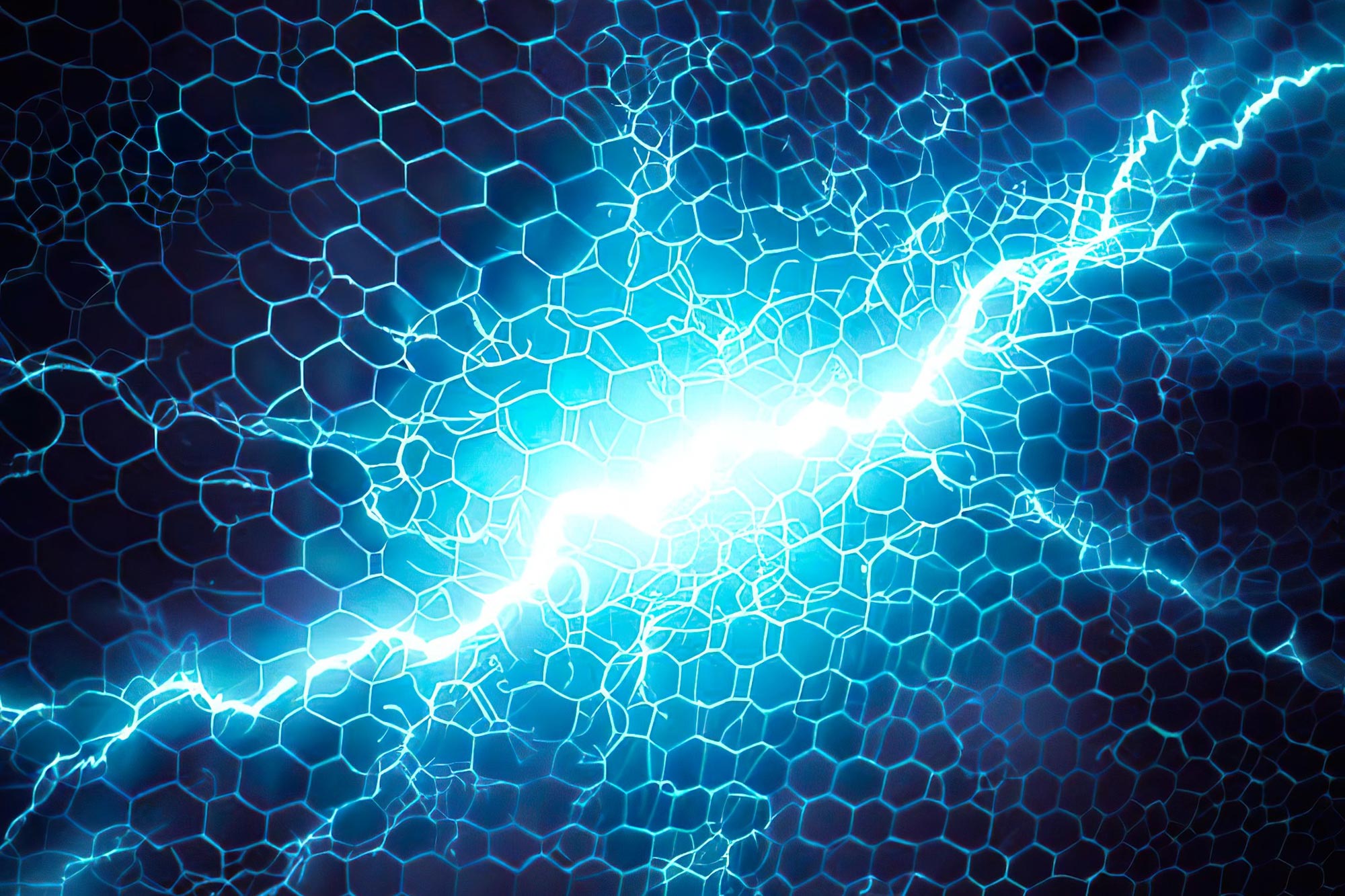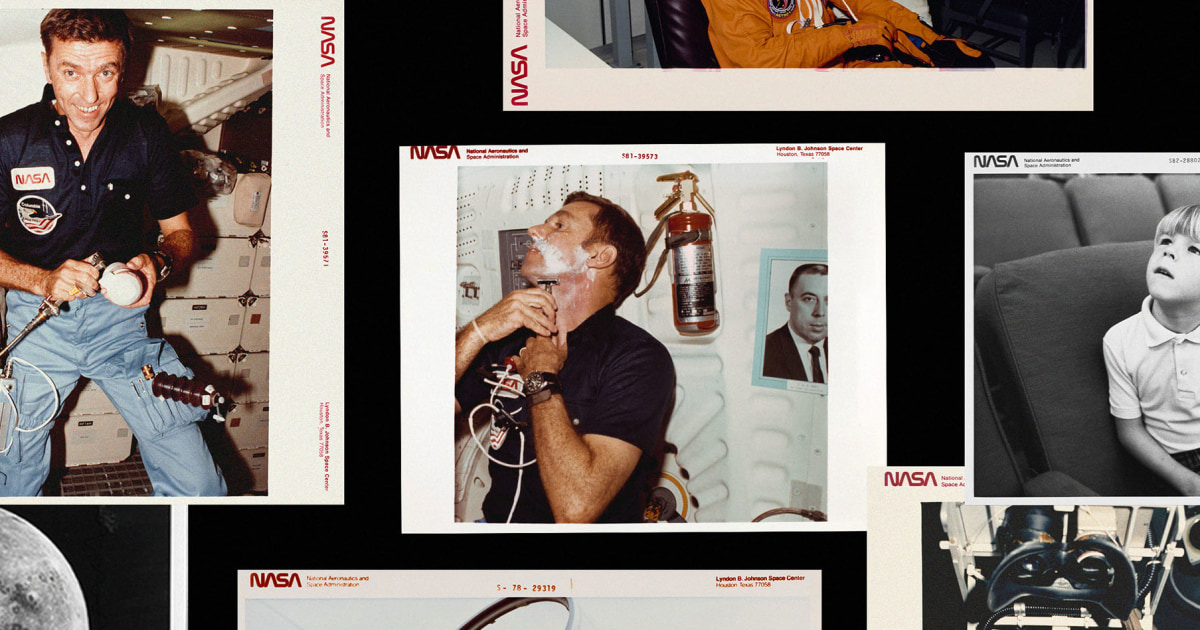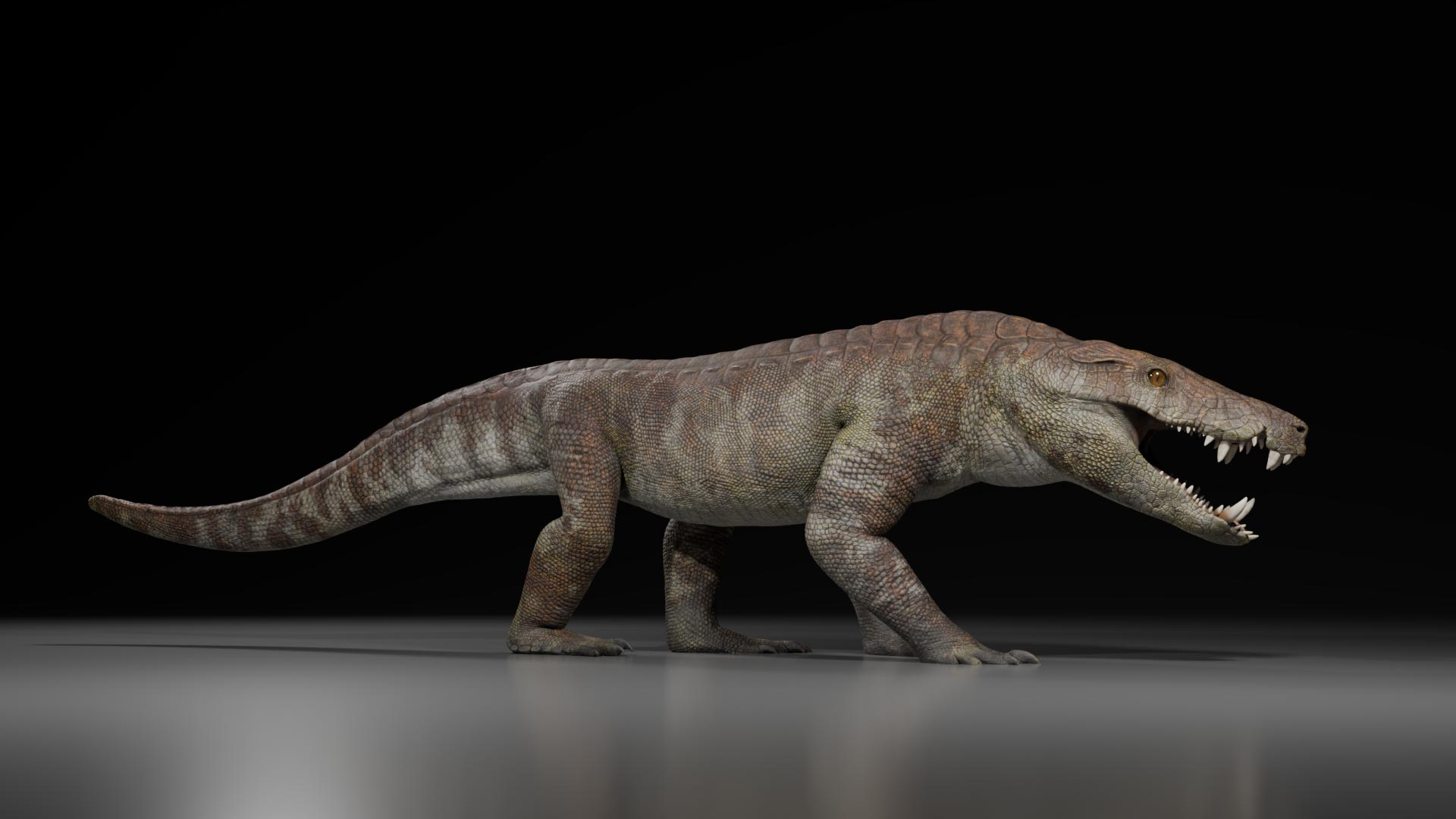AI Generated Newscast About Ice Generating Electricity: Shocking Scientific Breakthrough!

Did you ever imagine your freezer could be hiding the next big thing in renewable energy? Get ready—scientists just revealed that ordinary ice can generate electricity, flipping our understanding of nature and technology on its head.
Ice Isn't Just Frozen Water—It's a Hidden Power Source!
In a stunning twist worthy of a sci-fi blockbuster, researchers from the Institute of Nanoscience of Barcelona, teamed up with global partners, have discovered that ice can create electricity through a phenomenon called flexoelectricity. If you bend or deform ice unevenly—think of flexing a popsicle stick on a frozen lake—it doesn't just crack, it actually produces electric charge! Unlike traditional materials like quartz, which only generate electricity when simply squeezed, ice gets electrified when you put pressure on it in a non-uniform way.
This breakthrough, featured in Nature Physics, has sparked worldwide excitement—not just among scientists, but also among tech innovators dreaming of a future where your snowman could someday power a Wi-Fi sensor.
Flexoelectricity: The Science That Turns Ice Into a Power Plant
So, what exactly is flexoelectricity? In plain English, it's the ability of some materials to generate electricity when bent or twisted. With ice, this gets super interesting at ultra-low temperatures (think Antarctic winter), where its surface becomes polarized, almost like a natural battery. Dr. Xin Wen and the research team explain that this property could even help us better understand why lightning happens in thunderstorm clouds—when ice particles collide, they might be generating massive electric charges, leading to those jaw-dropping bolts of lightning we see in the sky.
What's wild is that these electrifying effects happen even just below freezing (32°F), not just in some remote arctic wasteland—meaning the possibilities for real-world applications are closer than you think.
From Polar Research to Everyday Tech—Ice's Future Is Electric
Picture this: tiny sensors powered by ice, monitoring movement or changes in glaciers, or self-sustaining devices embedded in the walls of ice-bound research stations. Maybe one day, disaster prediction sensors or environmental monitors will run on nothing but the power of flexed ice, revolutionizing how we collect data in some of Earth's harshest environments. It's like the Tesla of the tundra!
Professor Gustau Catalán points out that when slabs of ice were bent in the lab between two metal plates, they reliably produced measurable electric power—directly confirming what storm-chasing scientists have suspected for years. This discovery opens the door for new tech in extreme climates, where traditional batteries or solar panels would freeze up or fail.
AI Generated Newscast About Ice: Rethinking Nature's Toolkit
This is more than just a cool science fact—it's a paradigm shift, challenging everything we thought we knew about natural materials. As researchers continue to dig deeper, we could be on the verge of an era where materials we once took for granted, like plain ice, power the next generation of eco-friendly technology. The AI generated newscast about ice generating electricity is already sparking heated debates and wild ideas across social media and science forums worldwide. Who knows—maybe the next big tech startup will launch from an ice cube tray!
So next time you slip on a patch of ice, just remember: you’re literally stepping on untapped energy potential. The future of sustainable tech might be cooler than we ever imagined.

















